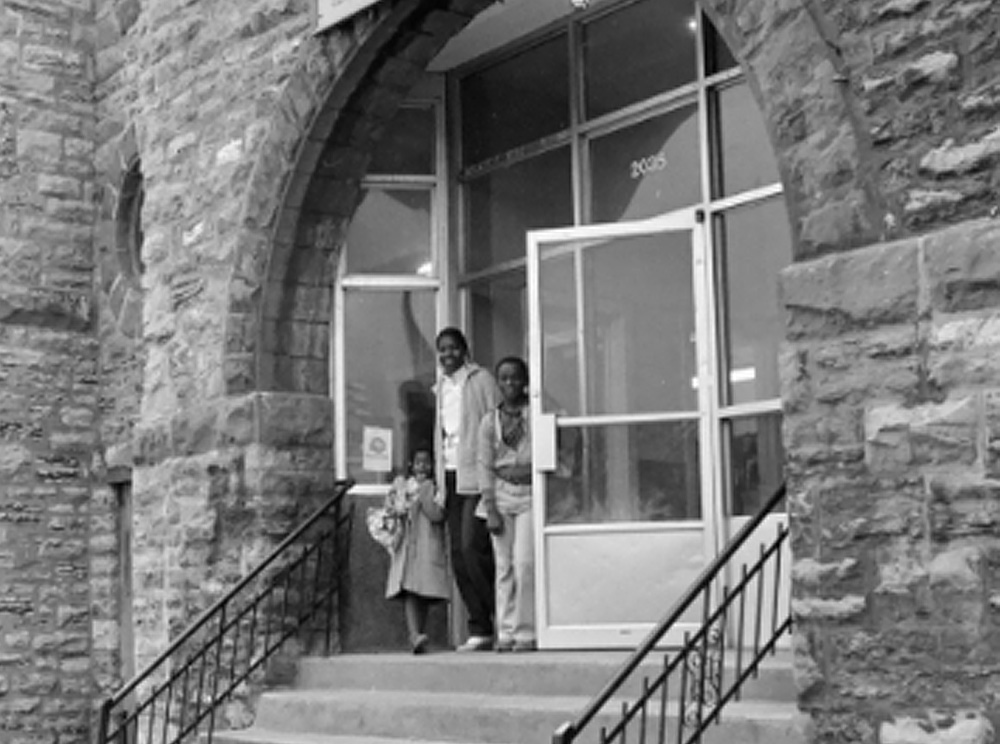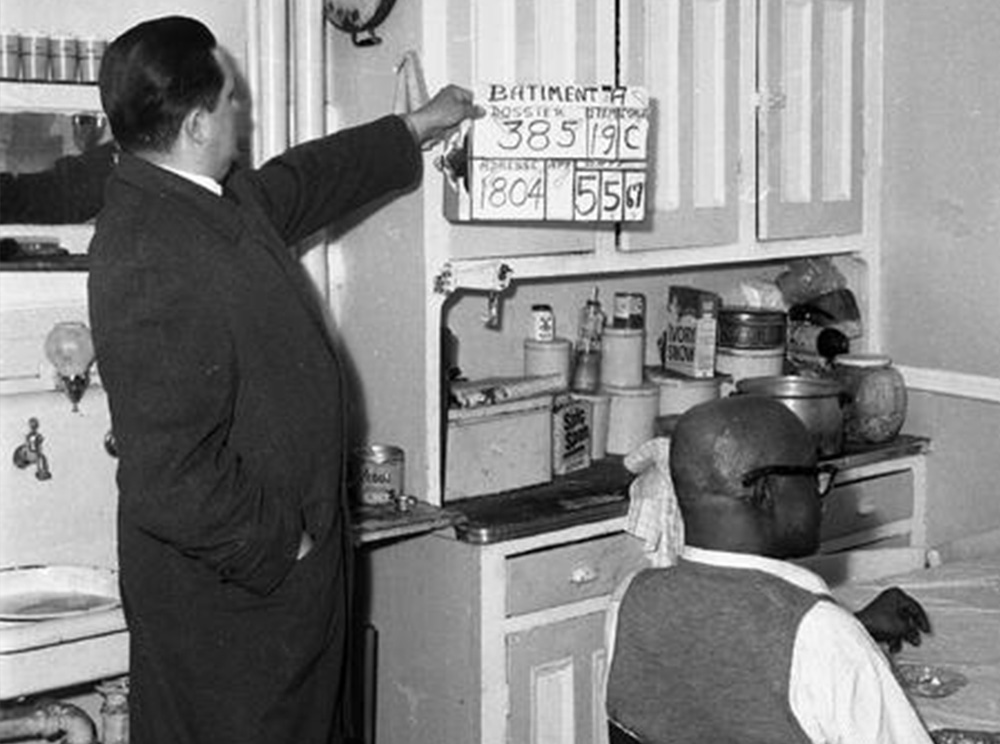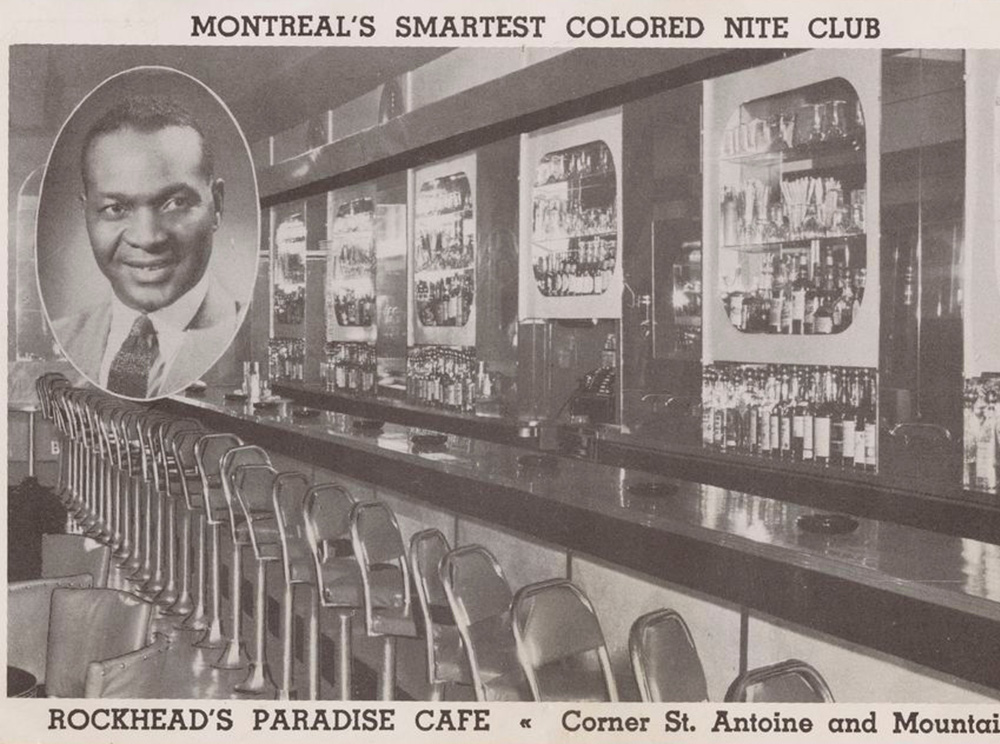
St. Antoine/Little Burgundy (Montréal)
The St. Antoine neighbourhood of Montréal, which later was renamed Little Burgundy, was established around 1887 when Montréal’s railway industry attracted Black workers from the United States, the Caribbean, and the Maritimes. Because of racial segregation in Canada, these immigrants were restricted to low-paying jobs as railway porters and faced housing discrimination living close to the railyards.
Despite this, the community developed and grew in its number of Black families and Black-owned businesses. A number of influential organizations also formed, including the Coloured Women’s Club, the Union United Church, and the Negro Community Centre. Montréal’s jazz scene emerged as well to showcase successful Black musicians and internationally acclaimed artists.
Yet, anti-Black racism continued to influence Montréal socially and politically. This led to the eventual forced takeover, known as “expropriation,” of St. Antoine’s Black residential community. In the name of “urban renewal,” Little Burgundy, a name invented by government officials, was demolished by the city in the late 1960s and 1970s, displacing 14,000 residents, most of whom were Black Canadians. This demolition in Quebec co-occurred with the demolition of Africville on Canada’s East Coast.

